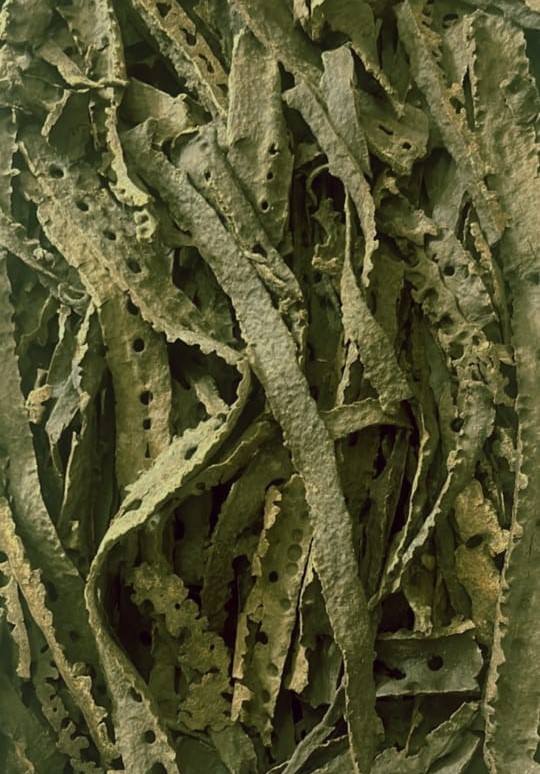green propolis from Brazil

ul. Świętokrzyska 23
PL-05074 Kazimierów
Polska
WNI: 14126003
Tel: +48 22 8491572
www.prokit.pl
QUALITY SPECIFICATION
symbol: PR/BRG/52

</trDownload the specification
| Product name | GREEN RAW PROPOLIS |
| Origin | Brazil |
| Botanical origin | Baccharis dracunculifolia |
| Storage conditions | temperature below 18ºC, protect from light (accoding to PN-R-78891) |
| Minimum shelf life | 2 years (according to PN-R-78891) |
| Colour | green-brownish, olive grey; extract in shades of green |
| Fragrance | sharp, characteristic |
| Consistence | – hard and brittle at a temperature < 20°C, – sticky and plastic at a temperature > 20°C |
| ethanol-soluble matter content | min. 50% |
| total phenolics content | min. 9,0 % |
| Artepilin C content | min. 3,5 % |
| Packaging | LDPE bags and cardboard boxes |